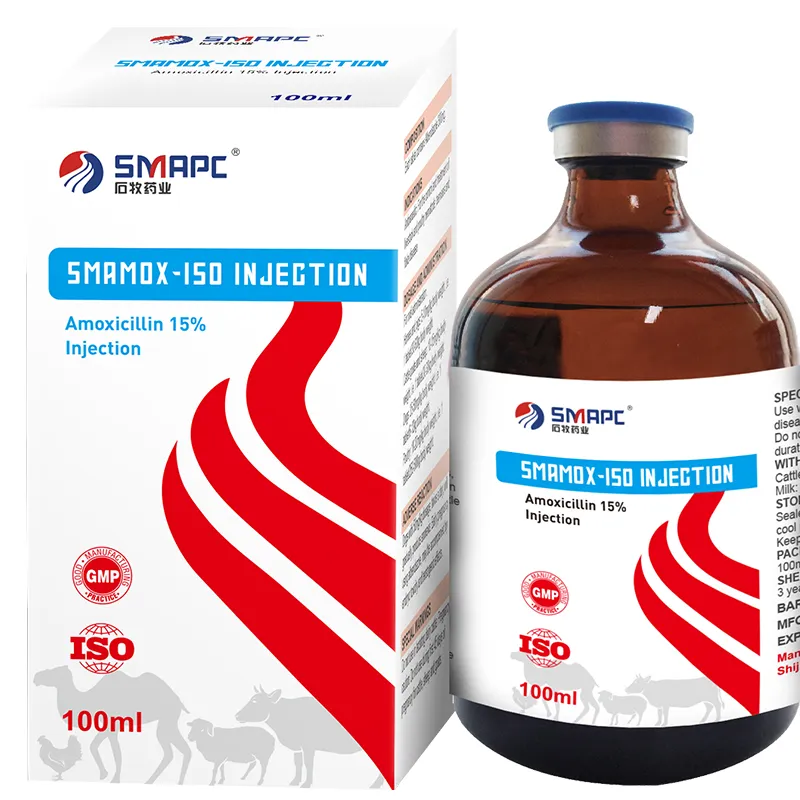2. Capsules Capsules consist of a shell, usually made from gelatin, which encloses the drug substance in powder or liquid form. They can be hard or soft and are often chosen for their ease of swallowing and the ability to mask unpleasant tastes.









